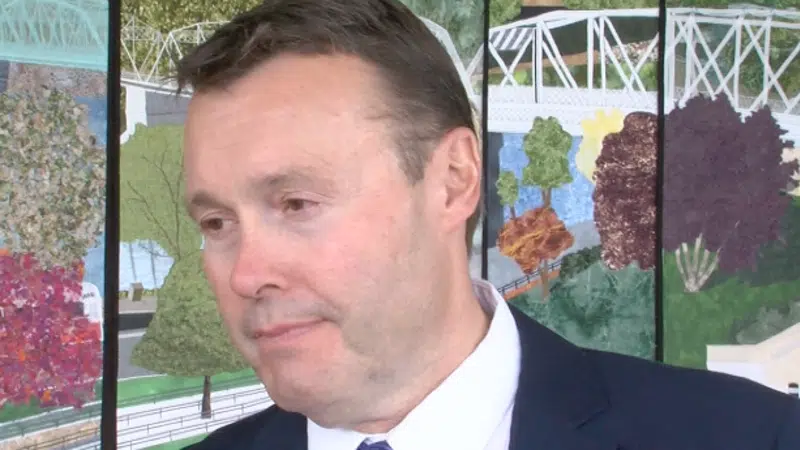
Gas City to abandon majority of gas wells through $90 million program
Medicine Hat, AB – The City of Medicine Hat will be spending $90 million over the next three years as it commences a program to abandon more than 2000 of its gas wells, officials announced on Wednesday.
Including the wells which are currently in the abandonment and reclamation process, Medicine Hat will see a nearly 90 per cent reduction in operational gas wells by the end of the abandonment program.
“We estimate right now, if we were to abandon and reclaim all of our properties it would be somewhere between $200-, $300-million dollars,” said Brad Maynes, city commissioner of energy and utilities. “This will just be the first set though. We expect, though, next year to take about $30-million dollars that we currently don’t have budgeted but have set aside in reserves. So that’s the approximate net impact next year and we expect a similar amount over the following two years of this program.”
